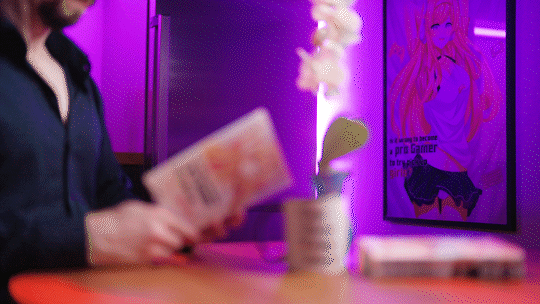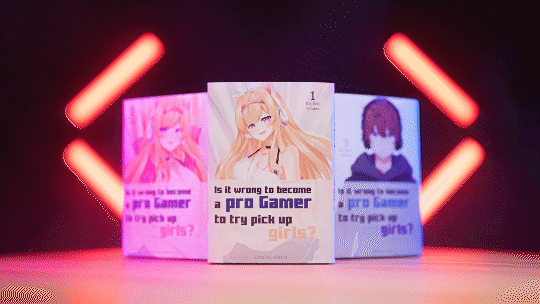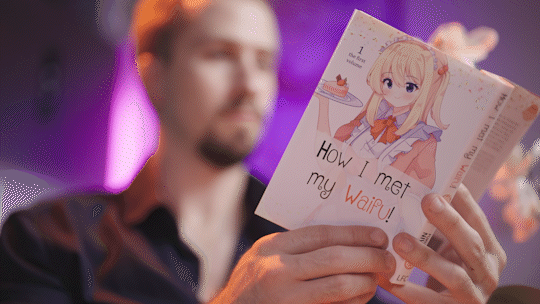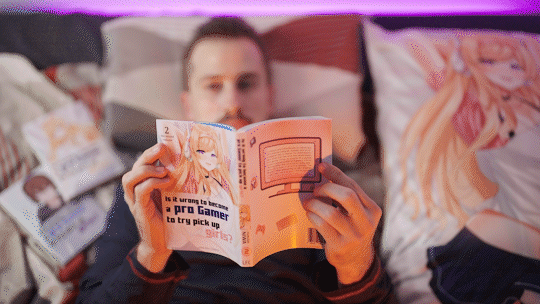In the realm of entertainment and storytelling, few mediums have captivated audiences worldwide as effectively as Japanese manga comics. These graphic novels, often accompanied by vibrant artwork and imaginative narratives, have gained immense popularity not only in Japan but also across the globe. In this article, we will delve into the rich and diverse world of Japanese manga, exploring its origins, genres, global impact, and much more.

Understanding the Origins of Japanese Manga
Japanese manga, which translates to “whimsical pictures,” has a long and storied history dating back to the 12th century. However, it wasn’t until the 18th century that it began to take its recognizable form. Early iterations of manga were often used to depict religious stories and political satire. The modern manga style we know today started to emerge in the late 19th century and early 20th century.
The Pioneers of Manga
- Hokusai and His Influence: Katsushika Hokusai, a renowned ukiyo-e artist, is often considered one of the pioneers of manga. His iconic woodblock print series, “Hokusai Manga,” featured a diverse collection of sketches, setting the stage for the evolution of the art form.
- Osamu Tezuka – The God of Manga: Osamu Tezuka, often referred to as the “God of Manga,” revolutionized the industry with his character-driven stories and innovative panel layouts. His creation, Astro Boy, became a global sensation and solidified manga’s position in pop culture.
Diverse Genres and Themes
Manga encompasses a wide array of genres, making it accessible to readers of all tastes and preferences. From action-packed shonen manga to heartwarming shojo stories, there’s something for everyone. Some popular genres include:

Shonen
Shonen manga targets a young male audience and is characterized by thrilling adventures, intense battles, and coming-of-age themes. Titles like “Naruto” and “One Piece” have garnered massive followings worldwide.
Shojo
Shojo manga, on the other hand, is geared towards young female readers and often explores themes of romance, friendship, and self-discovery. Classics like “Sailor Moon” and “Fruits Basket” have left an indelible mark on the genre.
Seinen
Seinen manga caters to an older male audience, featuring mature themes, complex characters, and intricate storytelling. Works like “Berserk” and “Monster” exemplify the depth of this genre.
Josei
Josei manga is the counterpart to seinen, targeting older female readers with realistic and often emotionally charged narratives. “Nana” and “Honey and Clover” are standout examples.
Global Impact and Influence
The influence of Japanese manga extends far beyond its home country. It has inspired countless artists, writers, and filmmakers worldwide, leading to adaptations in various forms of media. The unique blend of art and storytelling has given rise to an international fanbase and conventions dedicated solely to manga and anime.

Manga and Anime
Manga often serves as the source material for anime series and films. This synergy between the two mediums has led to iconic adaptations like “Dragon Ball,” “Attack on Titan,” and “My Hero Academia.”
Cosplay Culture
Manga conventions and fan gatherings have popularized cosplay culture, where enthusiasts dress up as their favorite manga and anime characters. It’s a testament to the deep connection fans have with these stories.
The Artistry of Manga
One of the distinguishing features of manga is its intricate artwork. Manga artists, known as mangaka, pour their creativity and talent into every panel. The black-and-white format allows for a focus on detail and expression, making each frame a work of art in itself.

Conclusion
Japanese manga comics have transcended cultural boundaries and continue to capture the hearts of readers worldwide. With its diverse genres, captivating narratives, and stunning artwork, manga remains an influential force in the world of entertainment. Whether you’re an avid reader or new to the medium, there’s a manga series waiting to transport you to new worlds of imagination.
FAQs
- What is the difference between manga and anime? Manga refers to Japanese graphic novels, while anime is animated TV or film adaptations of manga or original works.
- Who is the most famous manga artist of all time? Osamu Tezuka, often called the “God of Manga,” holds that title for his groundbreaking contributions.
- Are there any famous non-Japanese manga artists? Yes, several non-Japanese artists have gained recognition in the manga industry, demonstrating the global appeal of the medium.
- How do I start reading manga if I’m new to it? You can begin by exploring popular titles in genres that interest you and gradually expanding your reading list.
- What is the significance of manga conventions? Manga conventions provide a space for fans to connect, celebrate their favorite series, and showcase their creativity through cosplay and fan art.

